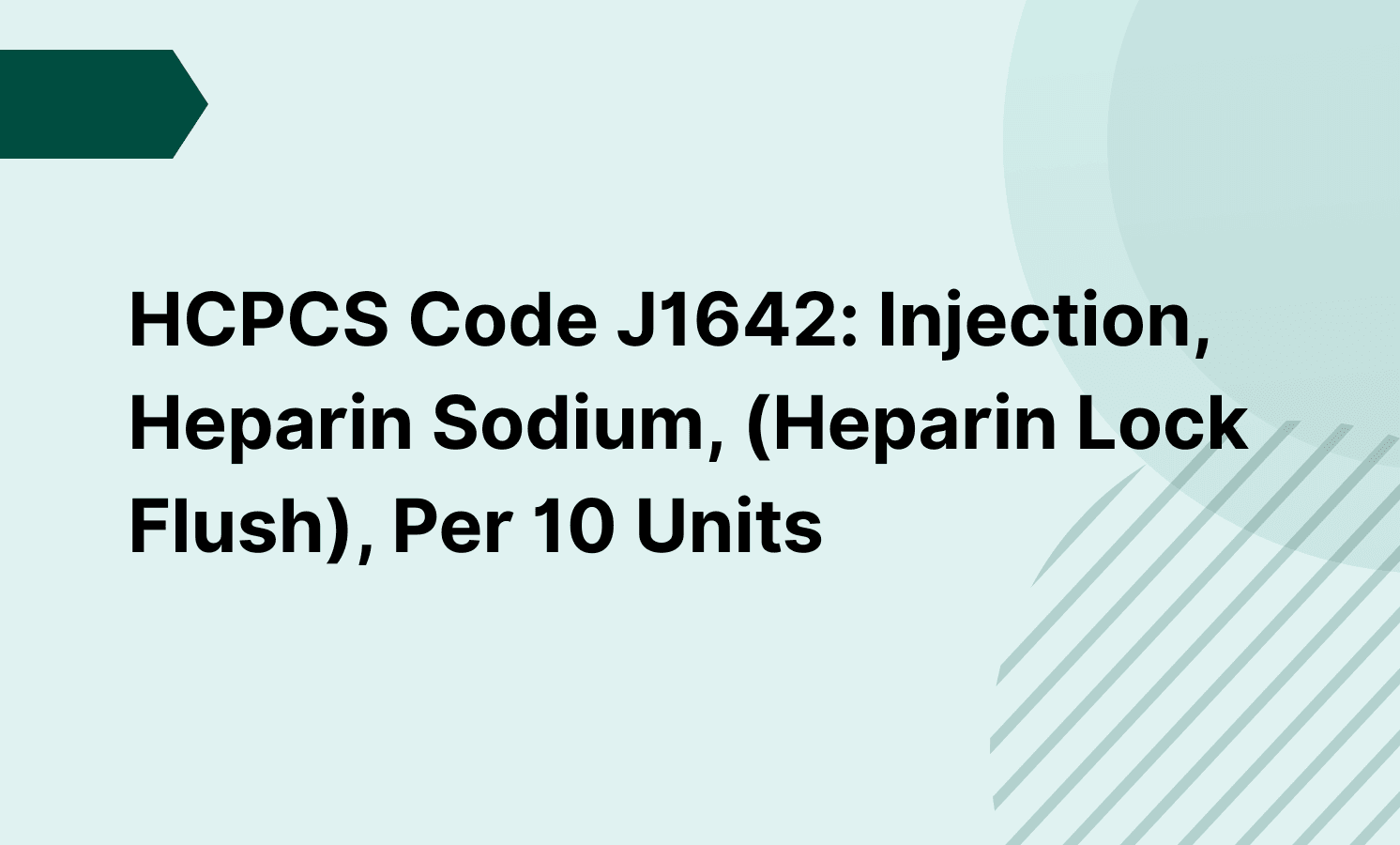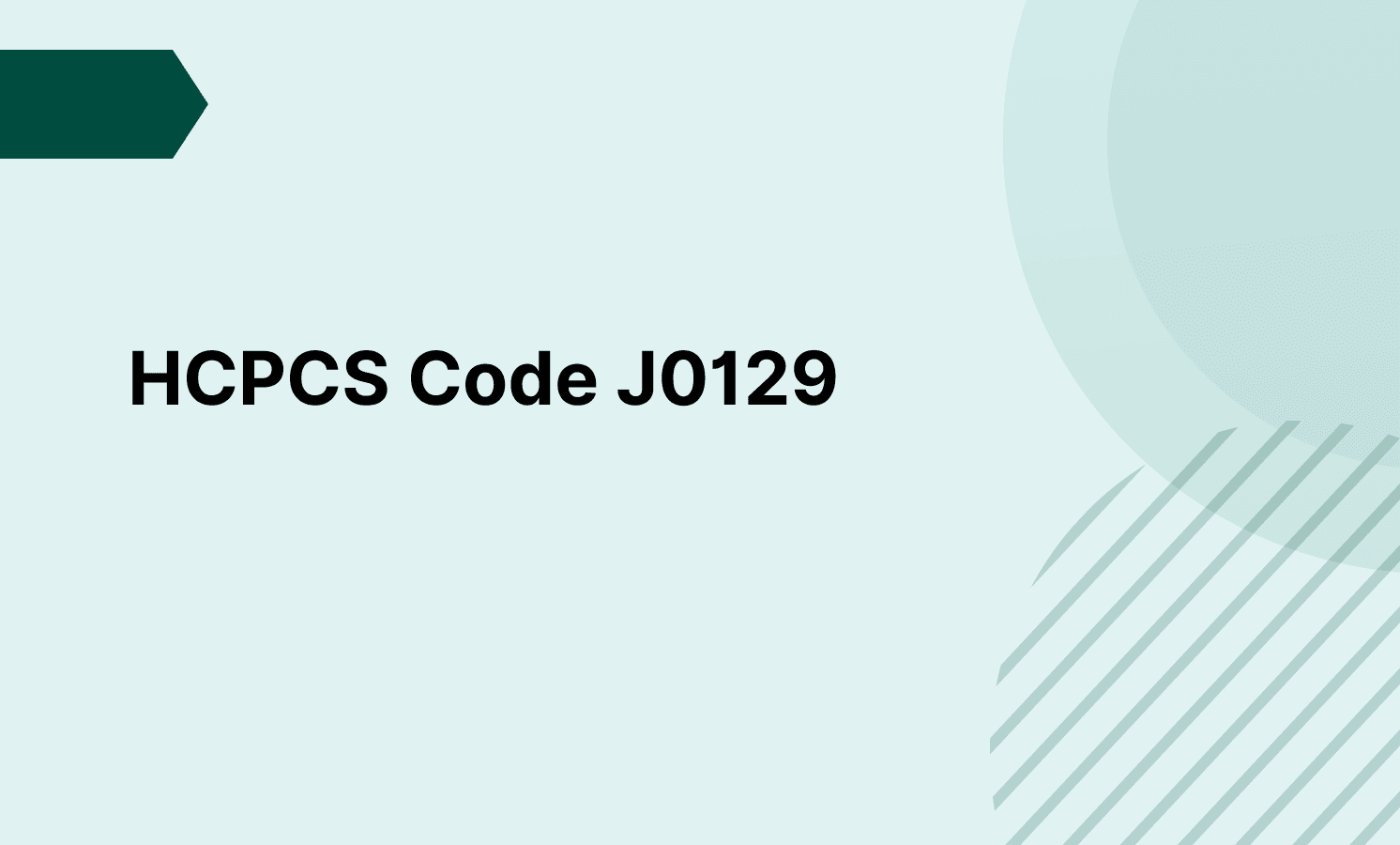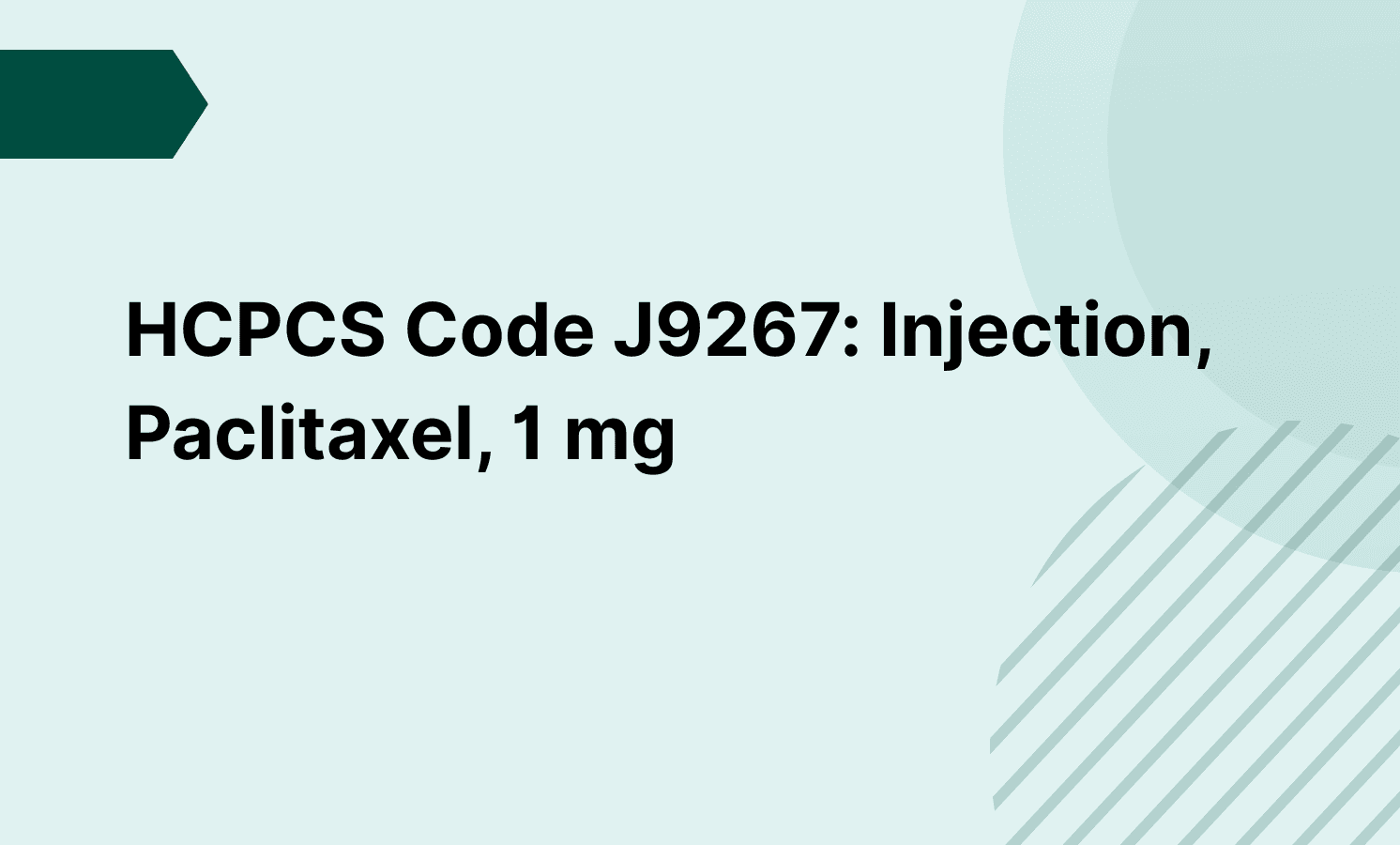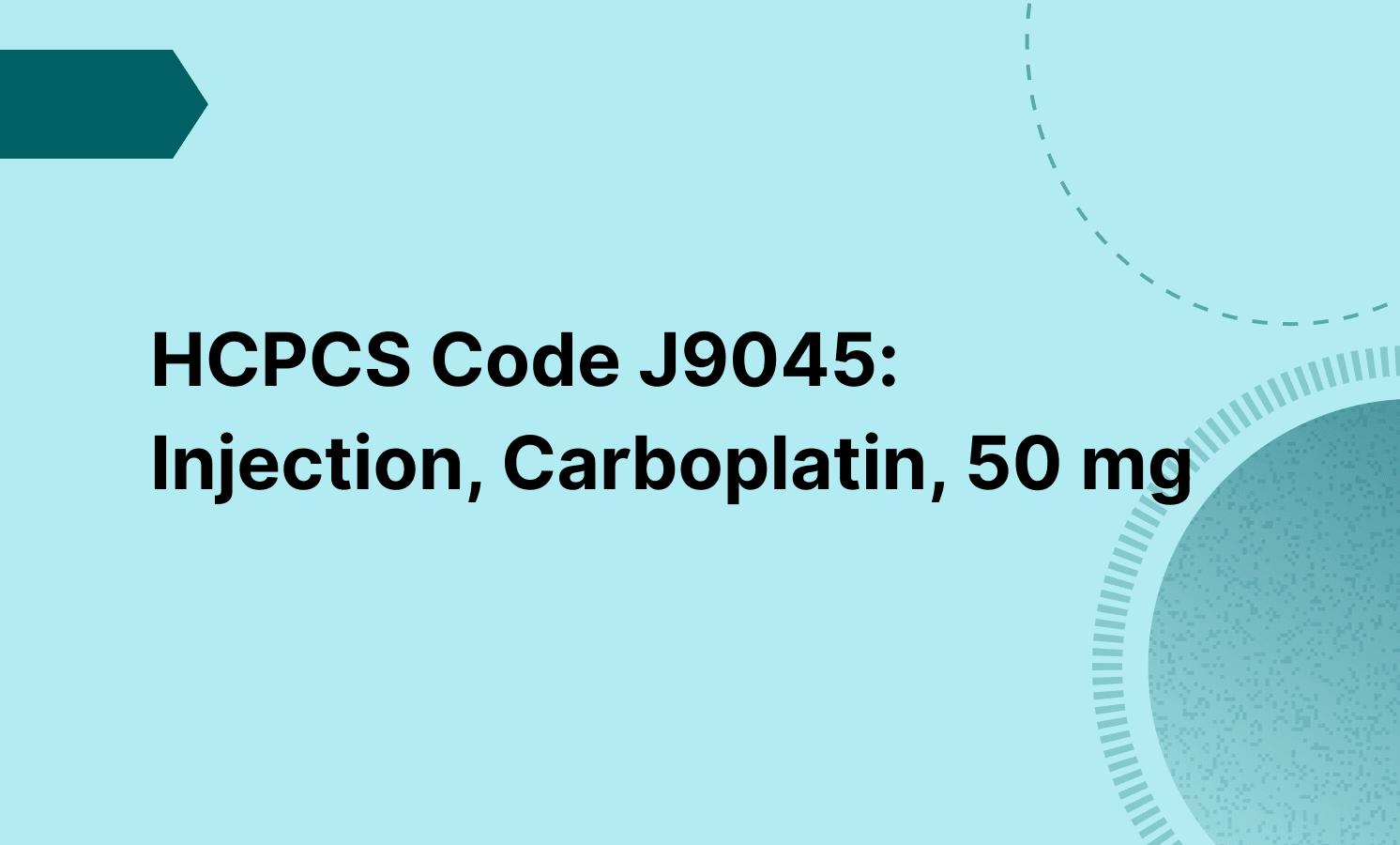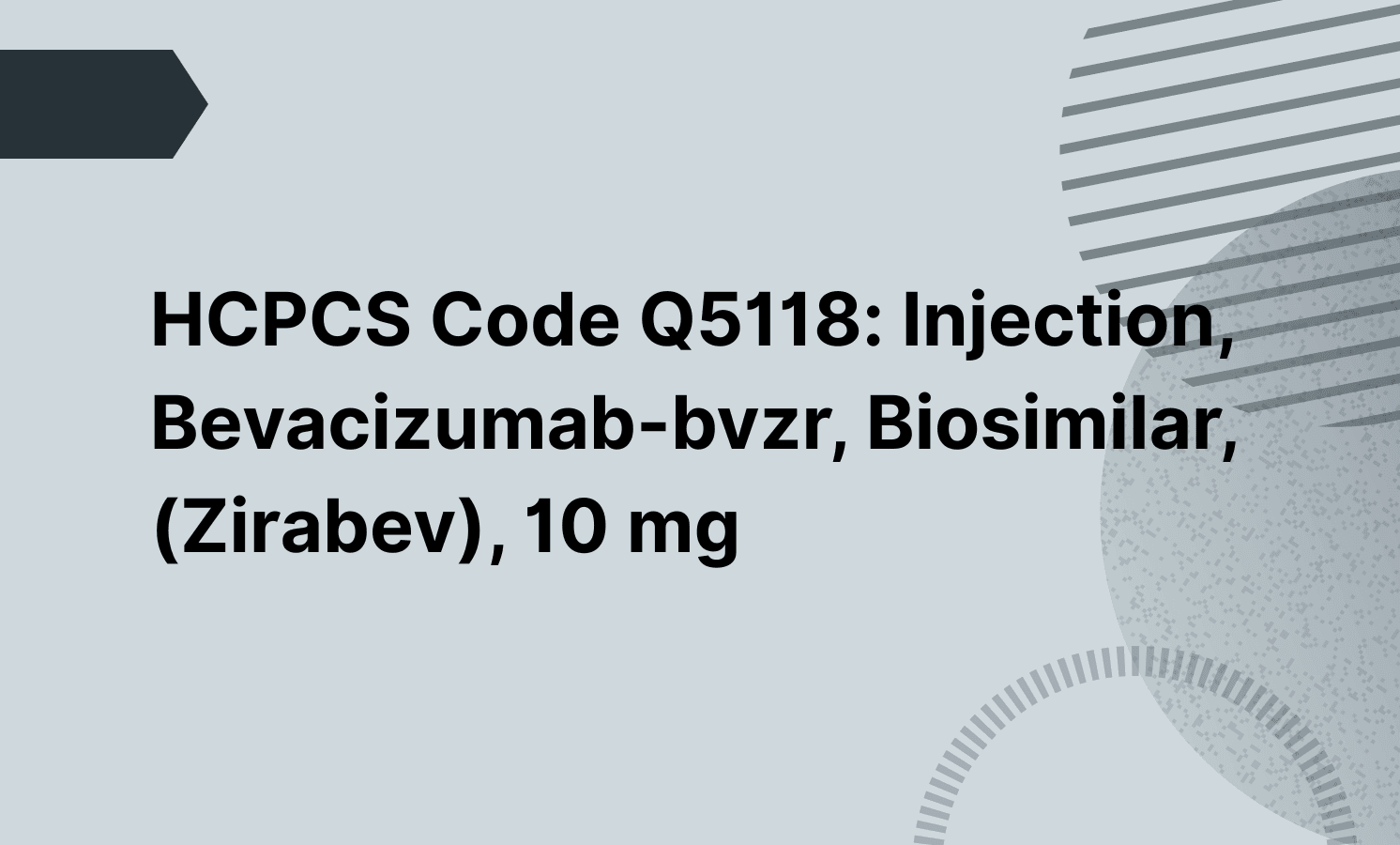CPT code 62323 refers to the injection of diagnostic or therapeutic substances—such as anesthetics or steroids—into the lumbar or sacral (caudal) region of the spine via an interlaminar epidural or subarachnoid approach. The procedure must be performed under imaging guidance using fluoroscopy or CT.

CPT code 62323: Epidural injection
Learn about CPT 62323, its billing information, and guidelines. Make billing and coding easy with Carepatron.
Use Code
Frequently asked questions
CPT 62321 is used for cervical or thoracic spine injections, while CPT 62323 is specific to the lumbar or sacral regions. Both codes require the use of imaging guidance and involve the administration of therapeutic or diagnostic agents.
In some cases, the -KX modifier may be required to indicate medical necessity, particularly when the same code is used for diagnostic nerve blocks. Always check payer-specific guidelines to determine if the modifier is needed.
EHR and practice management software
Get started for free
*No credit card required
Free
$0/usd
Unlimited clients
Telehealth
1GB of storage
Client portal text
Automated billing and online payments

